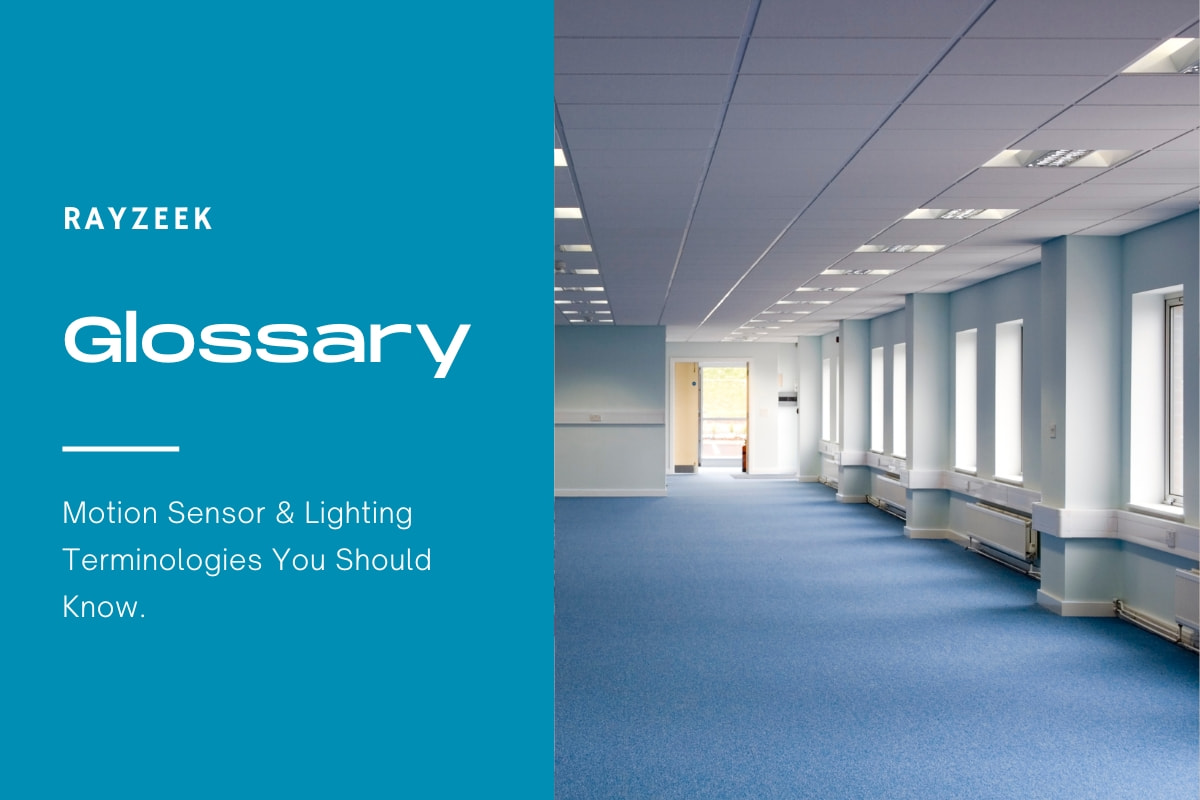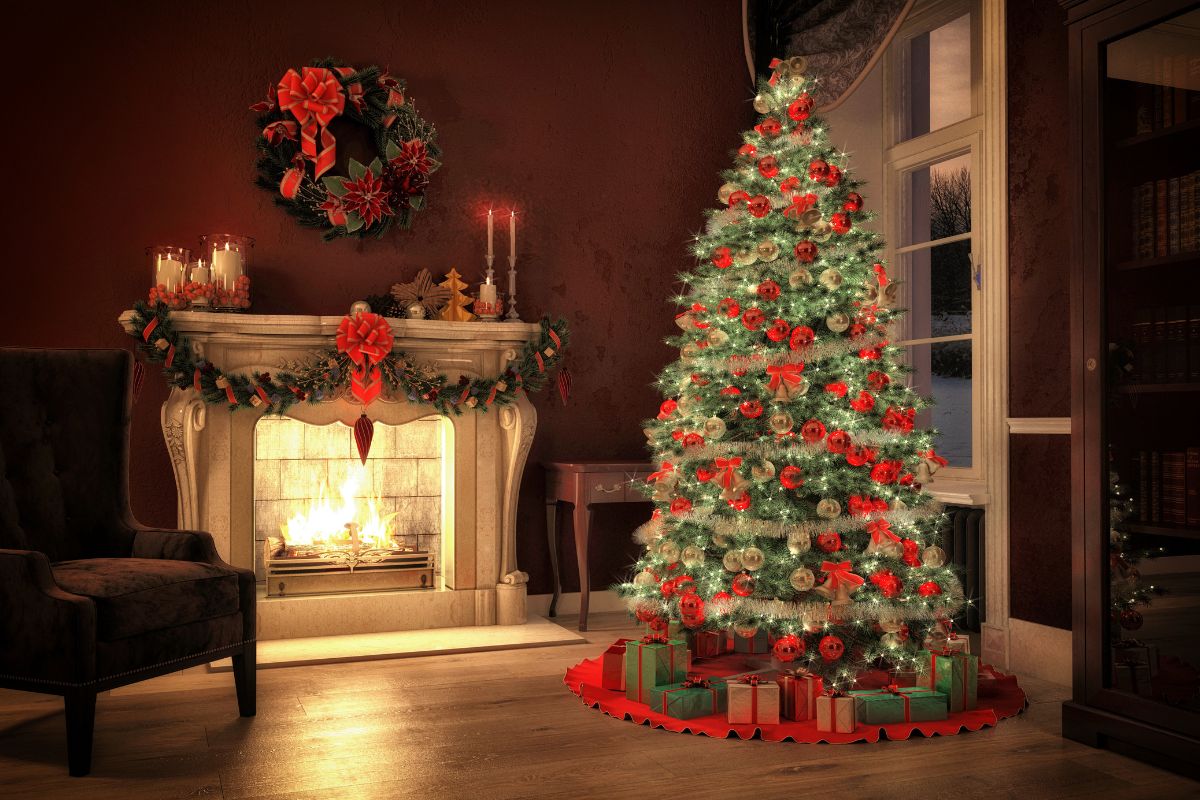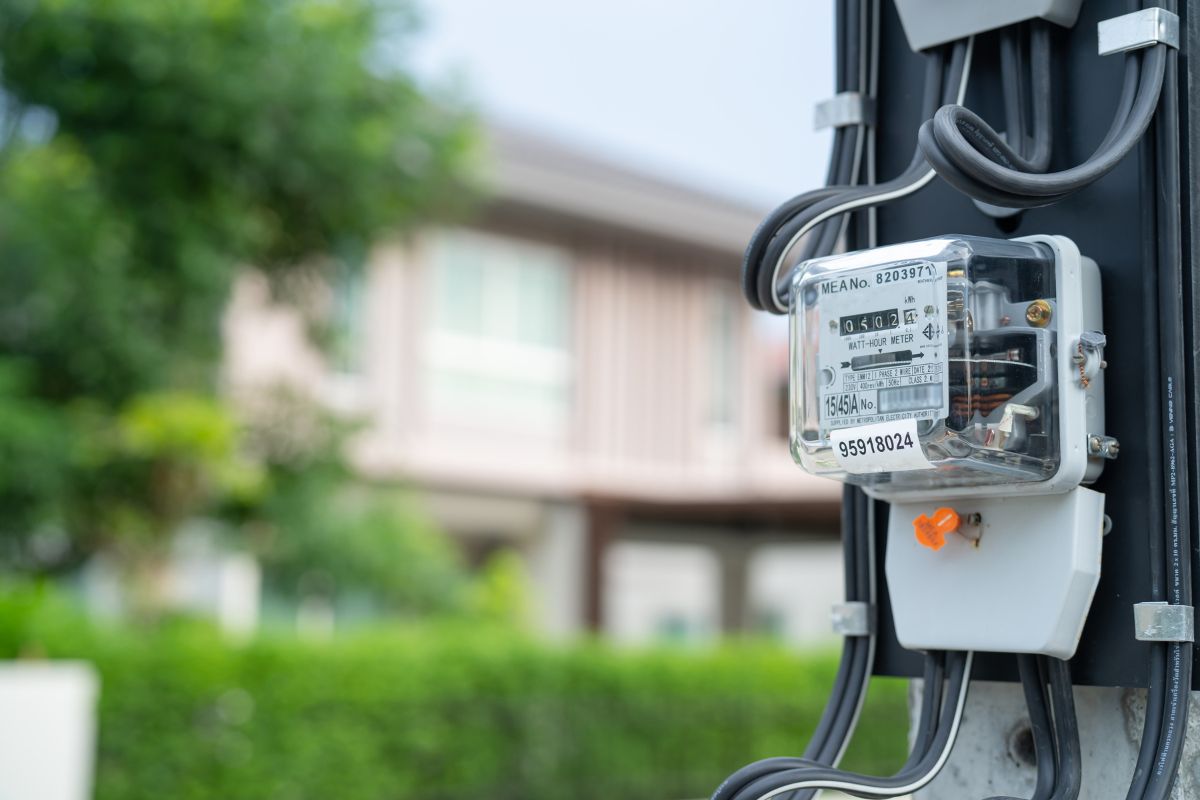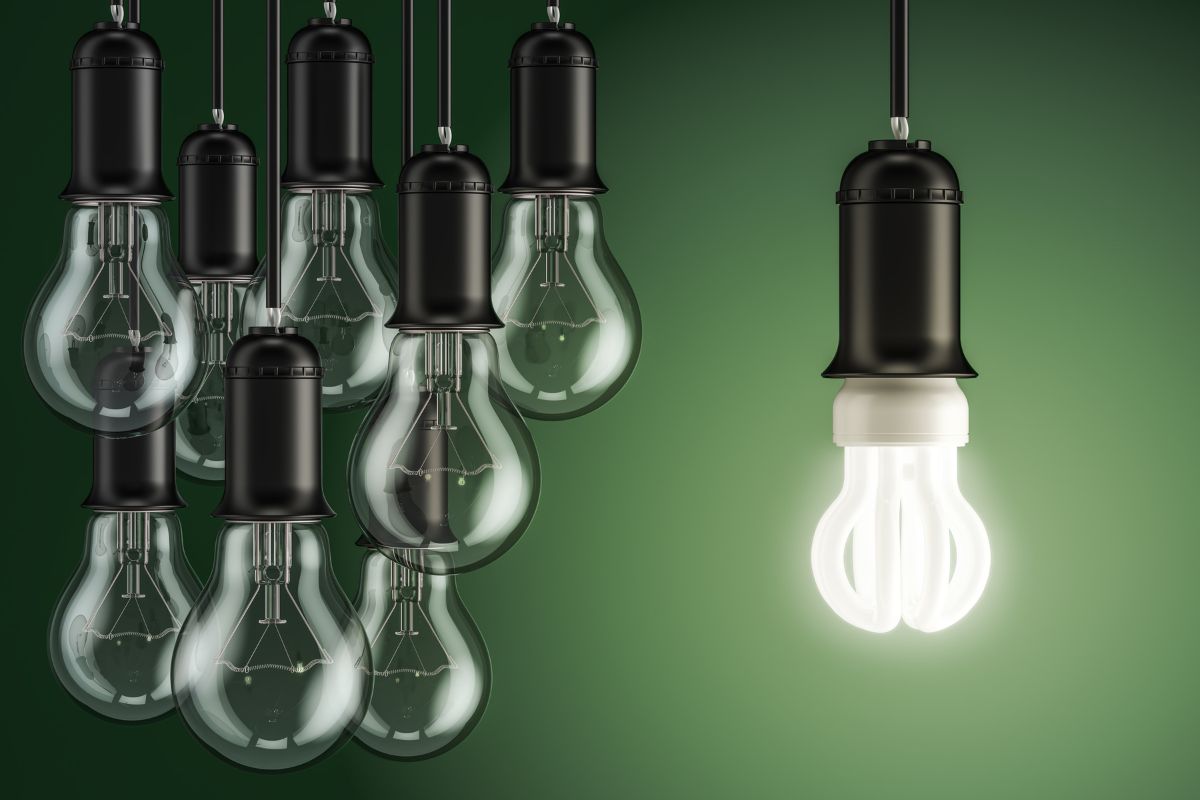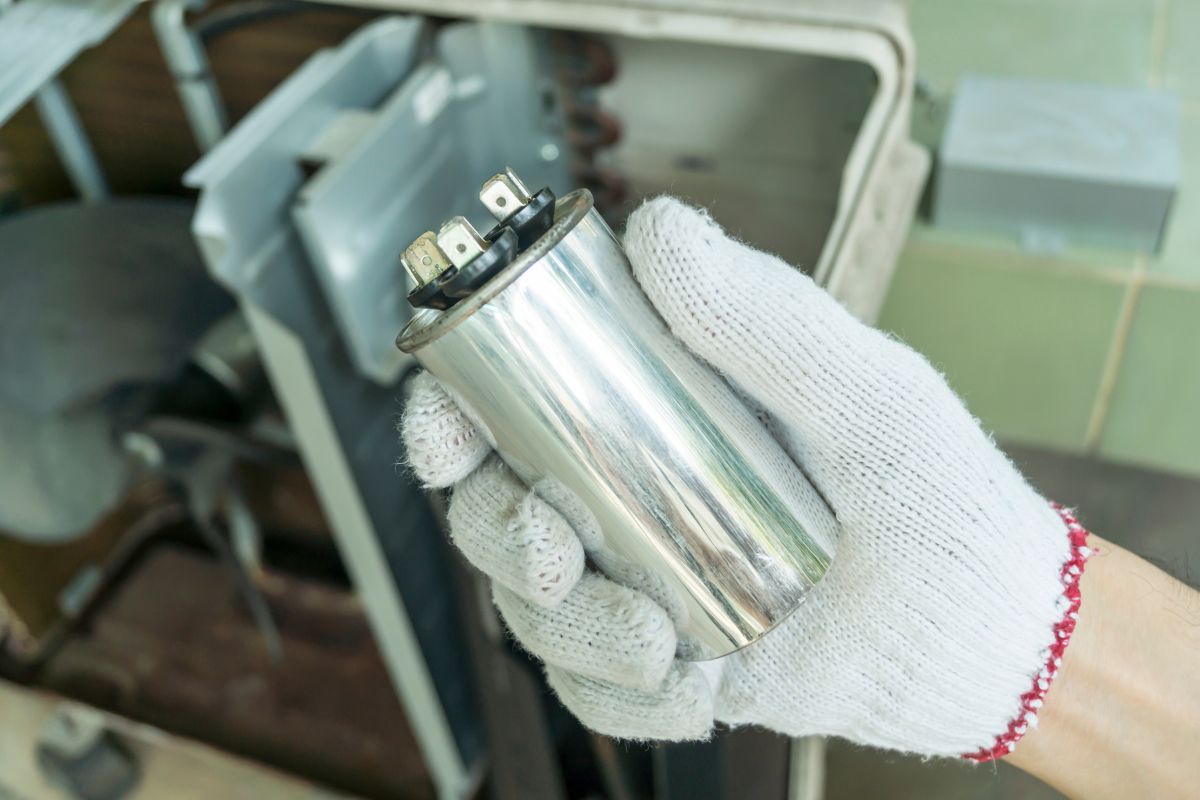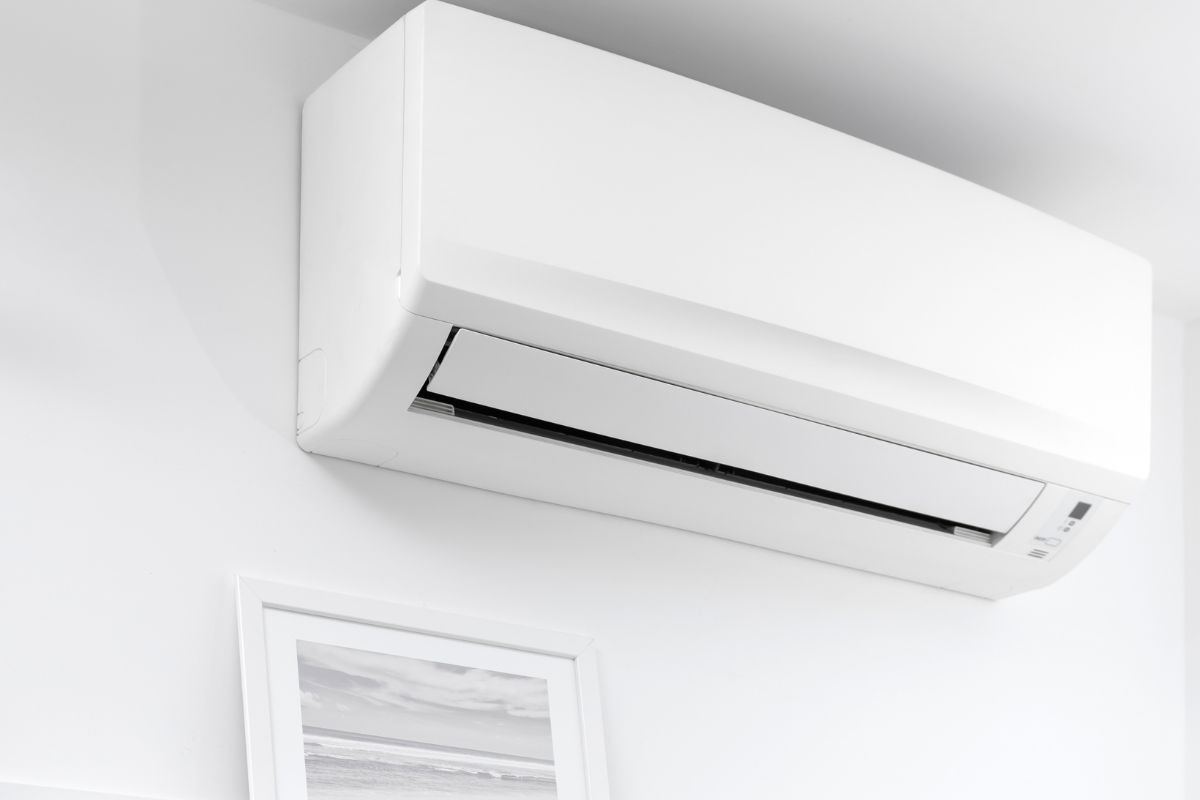What is Mirror Reflector
A mirror reflector is a light-directing system based on reflecting surfaces. It is a type of reflecting surface that is highly polished and typically made in the shape of a parabola. The main purpose of a mirror reflector is to concentrate and direct light from a light source placed at its focal point.
Mirror reflectors have several key characteristics that determine their performance. The first is reflectance, which refers to the ability of the reflector to reflect light. Mirror reflectors are designed to have high reflectance, allowing them to efficiently redirect light in a desired direction. The second characteristic is spread, which describes the distribution of the reflected light. Different types of mirror reflectors have different spread patterns, depending on their shape and curvature.
Get Inspired by Rayzeek Motion Sensor Portfolios.
Doesn't find what you want? Don't worry. There are always alternate ways to solve your problems. Maybe one of our portfolios can help.
There are three basic types of mirror reflectors: concave, convex, and parabolic. Each type has its own unique characteristics. Concave mirror reflectors are curved inward and are typically used to align light from a source located at the focal point into a parallel beam. Convex mirror reflectors, on the other hand, are curved outward and reflect light back to the focal point. Parabolic mirror reflectors are shaped like a parabola and are designed to concentrate and direct light in a specific direction.
Looking For Motion-Activated Energy-Saving Solutions?
Contact us for complete PIR motion sensors, motion-activated energy-saving products, motion sensor switches, and Occupancy/Vacancy commercial solutions.
Mirror reflectors are not able to capture and direct all of the light from the light source. Some light may escape from around the edge of the reflector, resulting in a loss of efficiency. Additionally, the manufacturing process of mirror reflectors can be complex, involving the shaping of metal surfaces and the application of reflective coatings.
Frequently Asked Questions
What Type of Reflector Is Most Common
Circular reflectors are the most commonly used type of reflector. They are particularly preferred for portrait photography as they create beautiful, round catchlights in the subject’s eyes. On the other hand, rectangular reflectors are more suitable for larger subjects that need a greater amount of light.
What Type of Reflector Can You Use at Your Home
A variety of reflectors can be used at home, including light reflectors that are typically wide, flat, and silver. However, photographers sometimes opt for white or gold reflectors. If you’re looking to purchase reflectors, you can find collapsible light reflectors at camera shops or online. Alternatively, you can create your own reflector using cardboard and aluminum foil.
What Is a Perfect Reflector
Perfect reflection occurs for both the electric and magnetic modes that are spectrally separated. As a result, the reflection phase of the electric mode is nearly 180°, similar to that of a metallic mirror. On the other hand, the reflection phase of the magnetic mode is close to zero.
Do I Need a Light Reflector
Reflectors can be beneficial in situations where you have a single, directional light source but require additional lighting. They are particularly useful when dealing with harsh sunlight and shadows, as they help to even out the lighting on your subject and minimize shadows.
How Do I Choose a Light Reflector
A solid white reflector will create a gentle and diffused light. On the other hand, a reflector with a silver side will reflect a greater amount of light compared to the white side, resulting in a stronger and more intense light. Similarly, a gold reflector, similar to the silver one, will add a warm and glowing effect to the subject.
What Do Different Color Reflectors Mean
Each color of reflector serves a specific purpose. The guidelines are straightforward. White reflectors are positioned alongside white traffic lines, while yellow reflectors are placed along yellow traffic lines. Red reflectors indicate to drivers that they are traveling in the wrong direction on a one-way ramp or that they should not enter.
What Colors Do Not Reflect Light
Black and white objects are the two extremes of colored objects. Black objects absorb all the light that is shined on them, resulting in no reflected light and the absence of color, which appears as black. On the other hand, white objects reflect all the wavelengths of light, leading to the perception of white light.
What Color Reflects the Most Light
Pure white is the most reflective color and has a reflectance value of 100 on the scale. It does not absorb light or warmth. Colors with a reflectance value below 50 on the LRV scale will absorb more light than they reflect.
What Color Makes a Room Look Brighter
Go for lighter shades of grey and blue to create a brighter atmosphere in the room. If you prefer a warmer feel, consider using light terracotta or yellow paint colors, as they can add brightness and warmth to a dark space. However, it is important to avoid overcrowding the room with brown furniture, as this can make the overall design overwhelming.

